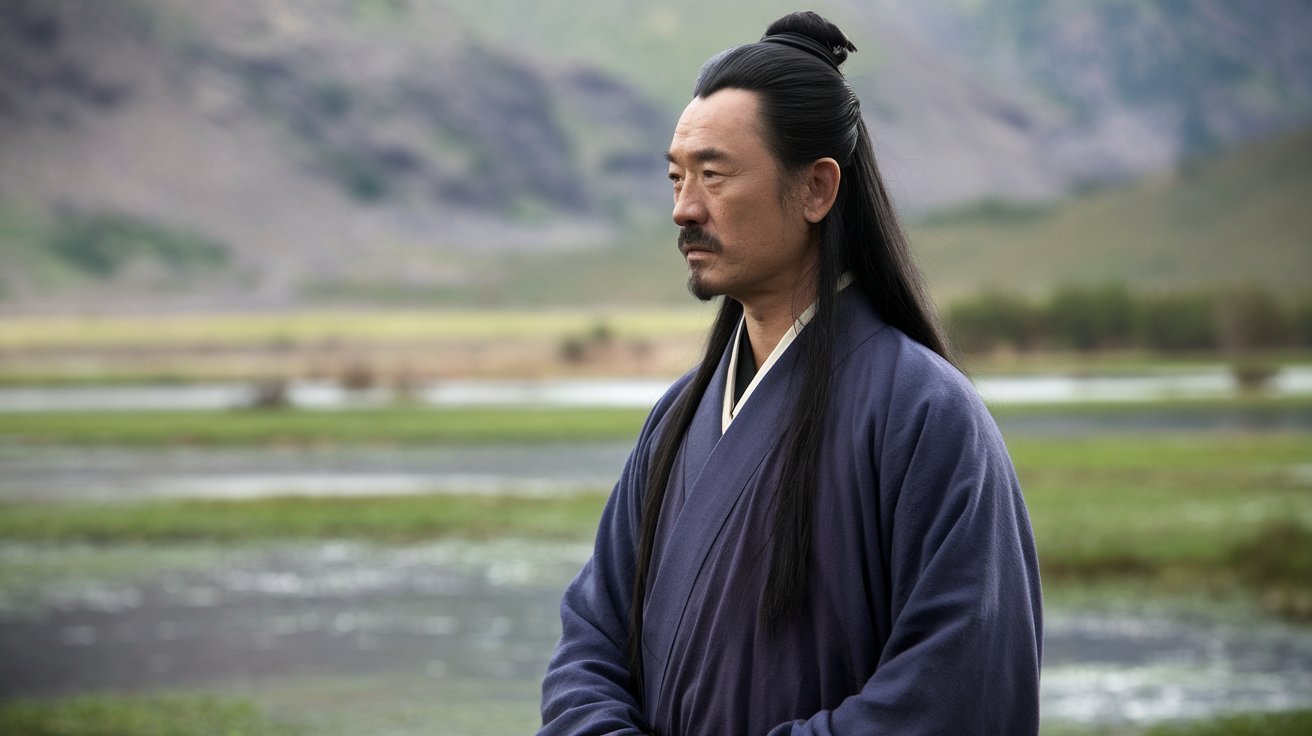
Ever wondered how people sleep around the world? Sleep is a universal need, but the habits and traditions surrounding it vary widely. From Spain's famous siesta to Japan's tatami mats, each culture has its unique approach to catching some Z's. In Scandinavia, babies nap outside even in winter, while in Mexico, many pray before bed. Some Australians prefer co-sleeping, and Germans often use separate duvets. These practices reflect cultural values, environmental adaptations, and historical influences. Understanding these diverse sleeping habits can offer insights into how different societies prioritize rest and well-being. Ready to dive into the world of sleep? Let's explore!
Key Takeaways:
- Embrace diverse sleeping habits from around the world, like the Spanish siesta, Nordic outdoor naps, and Italian riposo, to find new ways to rest and recharge.
- Be mindful of unique sleep practices, such as co-sleeping in Australia, separate duvets in Germany, and elevated beds in South Africa, for a better understanding of global sleep traditions.
Spain: The Siesta Tradition
Spain is famous for its midday break known as the siesta. This tradition is more than just a nap; it's a cultural practice deeply rooted in Spanish life.
- In Spain, the siesta is a two-hour break usually taken in the early afternoon. This time is reserved for sleeping and recharging.
- The siesta tradition has spread to many other places with hot climates, particularly in Latin American countries.
Scandinavia: Al Fresco Naps
In Nordic countries, parents have a unique approach to their babies' nap times. They believe fresh air is essential for good health.
- Many Nordic and Scandinavian parents put their babies outside in their carriage for an afternoon nap, even in winter.
- This practice continues all year round, even when temperatures in cities like Stockholm can plummet to 23 degrees Fahrenheit.
Mexico: Prayers Before Sleep
In Mexico, bedtime routines often include spiritual practices. Many people find comfort and peace in these rituals.
- A 2013 survey from the National Sleep Foundation found that 62% of Mexicans pray or meditate before bedtime.
- This figure is 15 percentage points higher than the number of Americans who do the same.
Botswana: Flexible Sleep Schedules
Forager groups in Botswana have a unique approach to sleep. Their schedules are more fluid and less structured.
- Forager groups in Botswana don't have set sleeping and waking times. They drift off whenever they feel like it.
- This can happen in the middle of the day or late at night, according to anthropologist Carol Worthman.
Australia: Co-Sleeping
In some Australian indigenous communities, co-sleeping is a common practice. This arrangement is both practical and protective.
- Members of indigenous groups in Australia have a "marked cultural preference" for co-sleeping.
- They often lay out their beds in row-like patterns called yuntas, with the most vulnerable people (like kids) in the middle and adults at the ends.
UK: Sleeping Without Clothes
In the UK, some people prefer to sleep in the nude. This practice is linked to various health benefits.
- A 2018 poll from Furniture Choice found that 23% of Brits choose to sleep without clothes.
- This practice is associated with better sleep, clearer skin, and even improved male fertility.
Germany: Separate Duets
German couples have a unique solution to a common bedtime problem. They use separate duvets to ensure a good night's sleep.
- German couples often use separate duvets to avoid the issue of one person hogging the blanket.
- This tradition is also found in Austria and Scandinavia and has inspired product launches from Ikea.
Italy: Long Lunch Breaks for Naps
Italy has its own version of the siesta, known as the riposo. This midday break is a cherished part of Italian culture.
- Italians have a midday nap known as a "riposo," which usually starts just after lunchtime.
- The riposo can last for two to four hours, allowing people to rest and recharge.
China: No Mirrors Near the Bed
In China, the practice of feng shui influences bedroom arrangements. Mirrors are a particular concern.
- Feng shui discourages people from placing mirrors opposite the bed.
- The philosophy is that mirrors can bounce energy across a room, which can interfere with peaceful rest.
South Africa: Elevated Beds
Some indigenous groups in South Africa elevate their beds for a unique reason. This practice is tied to local folklore.
- Some indigenous groups in South Africa elevate their beds using bricks.
- Keeping the bed high off the ground supposedly helps protect you from the tokoloshe, a mythical creature that possesses its victims.
Brazil: Pre-Industrial Sleep Patterns
In certain Brazilian towns, sleep patterns resemble those of pre-industrial times. This is partly due to historical influences.
- Traditional sleep patterns in some Brazilian towns involve going to bed early and waking up early.
- This practice is influenced by European settlers who brought their customs with them.
Japan: Tatami Mats and Shikibuton
In Japan, traditional sleeping arrangements are quite different from Western norms. They use specific types of bedding.
- Japanese people might roll out a traditional tatami mat and pile it up with a shikibuton (a kind of thin cotton mattress).
- They also use a kakefuton (duvet stuffed with silk fibers) and rest their heads on a buckwheat hull pillow.
United States: Bamboo Sheets and Memory Foam
American millennials have their own preferences when it comes to sleep. Comfort and eco-friendliness are key.
- Many American millennials tuck themselves into a set of bamboo sheets atop a memory-foam mattress.
- This combination is popular for its comfort and eco-friendliness.
Global Sleep Duration
Sleep duration varies around the world. Different countries have different averages.
- Most European countries and the USA get around 7-9 hours of sleep per night.
- Countries like Japan and South Korea get about one hour less sleep on average.
Sleep Deprivation in the USA
Many Americans struggle with getting enough sleep. This issue is particularly prevalent among certain groups.
- Almost half of all Americans are not getting enough sleep every night.
- Shift workers get the least amount of sleep, with over 40% getting less than 6 hours per night.
Teenage Sleep Patterns
Teenagers often don't get the sleep they need. This can have various consequences.
- Teenagers should be getting 8 to 10 hours of sleep, but almost three-quarters of them are not.
- Some school districts are trying to fix this by pushing back the starting time for school.
Sleep Patterns by State
Sleep habits can vary even within a single country. Different states in the USA show different trends.
- Around 35% of Americans report getting less than 7 hours of sleep per night on average.
- Hawaii has the worst results, with only 56% getting at least 7 hours of sleep per night, while South Dakota has the best results at 72%.
Interesting Facts About Sleep
Sleep is a fascinating subject with many surprising facts. Here are a few that might intrigue you.
- 12% of people dream entirely in black and white.
- Two-thirds of a cat's life is spent asleep.
- A giraffe only needs 1.9 hours of sleep a day.
- Martha Stewart only sleeps on average 4 hours per night.
Sleep Disorders and Their Prevalence
Sleep disorders affect many people worldwide. These conditions can significantly impact quality of life.
- The most common sleep disorders are insomnia disorder, obstructive sleep apnea (OSA), hypersomnolence, and restless leg syndrome (RLS).
- Insomnia disorder affects roughly one-third of adults, while OSA affects 9%–38% of the general population.
Sleep: A Universal Necessity with Unique Twists
Sleep is essential for everyone, but how we catch those Z's varies widely across the globe. From Spain's siesta to Japan's tatami mats, each culture has its own unique approach to rest. Some practices, like Scandinavia's outdoor naps for babies, might seem unusual to outsiders, yet they highlight the diversity in our sleep habits. Flexible sleep schedules in Botswana and co-sleeping in Australia show how different environments shape our routines. Even within countries, sleep patterns can differ, as seen with teenagers' late nights and weekend sleep-ins in the USA. Despite these differences, the universal need for quality sleep remains. Understanding these varied habits can help us appreciate the importance of sleep and maybe even inspire us to adopt some new practices for better rest. So, whether it's a midday nap or a cozy memory-foam mattress, find what works best for you and embrace it.
Frequently Asked Questions
Was this page helpful?
Our commitment to delivering trustworthy and engaging content is at the heart of what we do. Each fact on our site is contributed by real users like you, bringing a wealth of diverse insights and information. To ensure the highest standards of accuracy and reliability, our dedicated editors meticulously review each submission. This process guarantees that the facts we share are not only fascinating but also credible. Trust in our commitment to quality and authenticity as you explore and learn with us.


